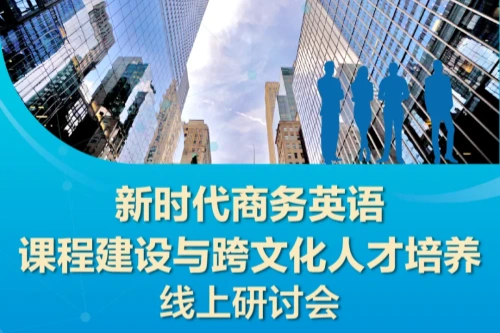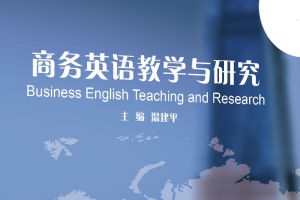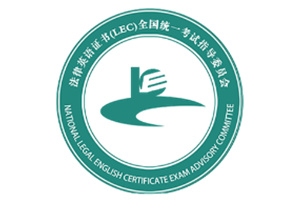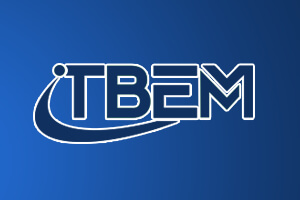Innovation. Sustainability. Purpose. Yuck
Fire-fighting foam starves the flames of oxygen. A handful of overused words have the same deadening effect on people’s ability to think. These are words like “innovation”, “collaboration”, “flexibility”, “purpose” and “sustainability”. They coat consultants’ websites, blanket candidates’ CVs and spray from managers’ mouths. They are anodyne to the point of being useless.
These words are ubiquitous in part because they are so hard to argue against. Who really wants to be the person making the case for silos? Which executive secretly thirsts to be chief stagnation officer? Is it even possible to have purposelessness as a goal? Just as Karl Popper, a philosopher, made falsifiability a test of whether a theory could be described as scientific, antonymy is a good way to work out whether an idea has any value. Unless its opposite could possibly have something to recommend it, a word is too woolly to be truly helpful.
Woolliness is the enemy of accuracy as well as utility. A word like “sustainability” is so fuzzy that it is used to encompass everything from a business that thinks sensibly about the long term to the end of capitalism. This column may well count as sustainable because it keeps recycling the same ideas. The lack of precision opens the door to grandstanding and greenwashing. Earlier this year Morningstar, a data provider, culled 1,200 funds from its European sustainable-investment list after a closer review of their prospectuses and annual reports. Regulators in America and Europe have been scrambling to define standards of sustainability disclosure.
Woolliness also smothers debate about whether you can have too much of a good thing. Take “innovation”, for example. Too much innovation can be a turn-off for customers. A recent paper from Yingyue Luan and Yeun Joon Kim of the Judge Business School at the University of Cambridge looks at the effect of perceived novelty on the response of audiences to films. The researchers find that there is a sweet spot in experimentation, where films are distinctive enough to pique curiosity but not so radical that they up-end expectations. In that space between “Home Alone 4” and “Tenet” lie the real moneymaking opportunities.
Innovation can also be trying for employees. Researchers at the Massachusetts Institute of Technology (MIT) recently looked at factors that predicted high levels of attrition among companies’ workforces. To their surprise, they found that employees were more likely to leave firms – like Tesla and Nvidia – with high levels of innovation. The authors hypothesise that the long hours and high pressure that typify innovative cultures can lead to higher staff turnover.
“Collaboration” is another word that repays closer scrutiny. It can be marvellous: boundaries dissolved, expertise and ideas flowing. But collaboration can also run wild. It often means having more and more people on every email thread and in every meeting. It can paralyse decision-making, as everyone and their dog gets to weigh in with their view. (To be fair, the dog often makes the most useful points.)
And the rewards that flow from collaborativeness are uneven. “The No Club”, a new book by Linda Babcock, Brenda Peyser, Lise Vesterlund and Laurie Weingart, examines the disproportionate amount of “non-promotable work” done by women – tasks like covering absences, organising logistics and mentoring. Collaboration is a much less attractive proposition if helping others means spending less time on the sort of work that gets recognised when it is time to hand out actual promotions.
A host of other woolly words also mask genuine trade-offs. The supremely fluffy notion of “purpose” disguises hard-edged questions of how managers should balance the interests of multiple stakeholders. “Flexibility” sounds like a boon to workers, but the reality for employees of coping with last-minute changes to schedules is often very different. The MIT study found that having a regular schedule was six times more powerful as a predictor of blue-collar-employee retention than having a flexible schedule.
Traits like innovativeness or collaborativeness are still qualities for firms to aspire to. And this is not an argument for constant qualification of what is meant: the one way to make “purpose” more annoying is to put the word “smart” in front of it. But it is a plea for managers to use woolly words thoughtfully. They are not going away, but they do not have to suffocate mental activity.















